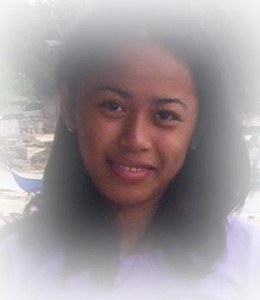 The Island Garden City of Samal (IGACOS), Davao del Norte, is home to the Sama. The isle lies in the heart of Davao Gulf in southeastern Mindanao, and can be reached by a ferry boat from Davao City. Oral and written accounts passed on from generation to generation indicate that Samal Island, now IGACOS, used to be called Pu. It has always been inhabited by the Sama.
The Island Garden City of Samal (IGACOS), Davao del Norte, is home to the Sama. The isle lies in the heart of Davao Gulf in southeastern Mindanao, and can be reached by a ferry boat from Davao City. Oral and written accounts passed on from generation to generation indicate that Samal Island, now IGACOS, used to be called Pu. It has always been inhabited by the Sama.
The Sama are commonly mistaken to have originated from the Mandaya and Mansaka tribes, and Muslim groups. They insist, however, that they are a separate entity, with distinct forms of music, art expression, and tribal rituals. Sama members used to be named after the living things around them, and everyone had “Samal” for a family name.
Although Sama originally practicing animism, their belief system was altered by the advent of Christianity in the 18th century. The tribe members who were baptized adopted Spanish Christian names, and their indigenous names gradually disappeared.
The Samal Island Sama, also known as Samal, are found in the Aumbay and Tagbay barangays of the Samal District and Anonang, Libertad, San Isidro, San Remegio, and Tagbaobo barangays of the Kaputian District.
Sources:
IGACOS Socio-Economic Profile. 2004. City Planning Development Office. IGACOS: LGU
Libertad Barangay Development Plan 2000-2009. 2000. Barangay Libertad, IGACOS: LGU
San Isidro Barangay Development Plan 2000-2009. 2000. Barangay San Isidro, IGACOS: LGU.
San Remegio Barangay Development Plan 2000-2009. 2000. Barangay San Remegio, IGACOS: LGU
Tagbay Barangay Development Plan 2001-2010. 2001. Barangay Tagbay, IGACOS: LGU.
www.pia.gov.ph. Philippine Information Agency website. Accessed 2007
Island Garden City of Samal Comprehensive Development Plan 1999-2008. 1st Vol. 1999. IGACOS: LGU. Kaputian ARC Development Plan, December 2002
